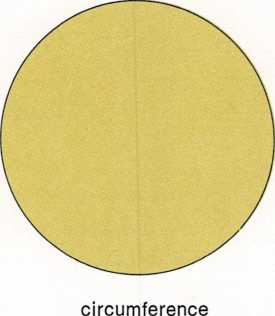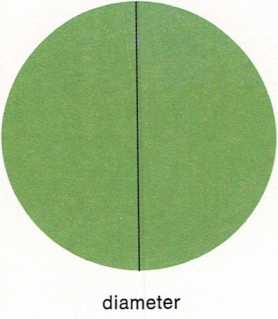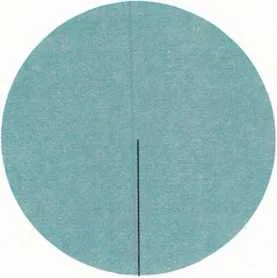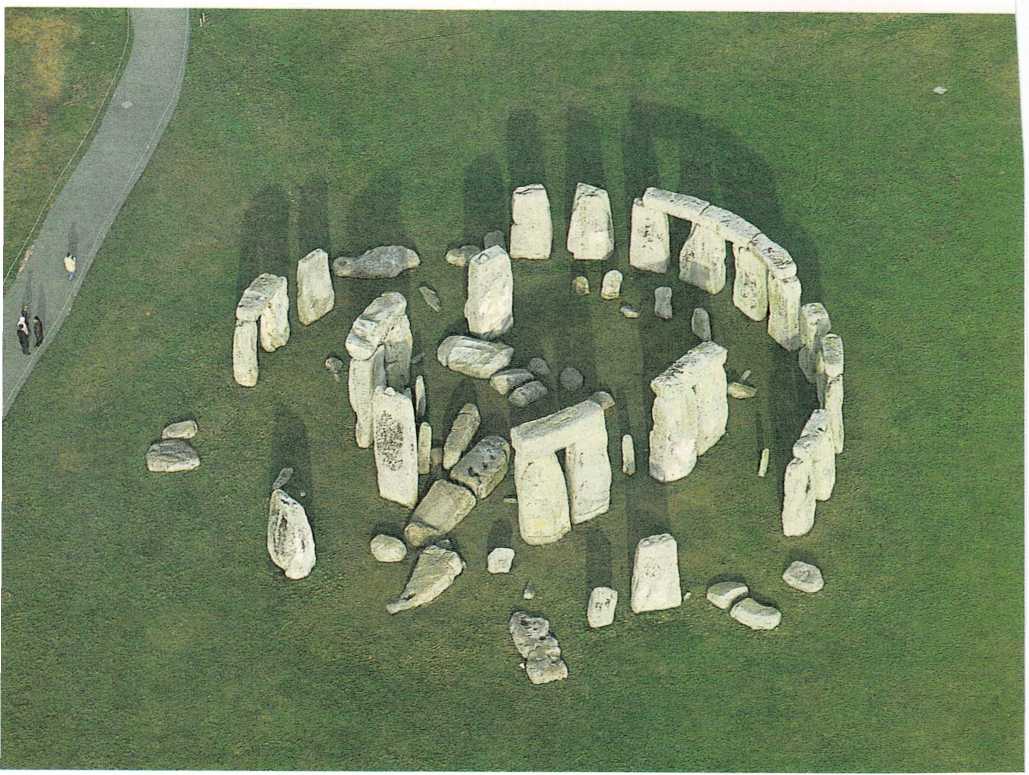
Stonehenge, a large circle of tall stones, was made by ancient people
of England.
The circle of stones
About four thousand years ago, a group of men gathered together on a
broad, green plain in what is now southern England. With a stone hammer,
one of the men pounded a wooden stake into the ground. Then he tied a
very long- leather line to the stake. Another man took hold of the line
and walked away from the stake until the line was stretched out tight.
Keeping the line stretched tight, this man began to walk around the
stake. He stopped after each step, while another man put a small, white
pebble by his foot. When the man with the line had walked all the way
around the stake, there was a perfect circle of pebbles.
After they had marked out the circle, the men began to dig a circular
ditch and pile up a circle of earth. Later, rings of huge, rectangular
stone blocks were set up inside the circle. It took some four hundred
years to complete the job of building this huge, circular monument.
Today, many of the big stones have fallen over and others are missing.
But a number still stand, showing us what the ring of stones must have
looked like long ago. We call this ancient monument Stonehenge, or
“hanging stones.”
Most scientists think that Stonehenge was a kind of giant calendar and
observatory. The people of long ago may have used it to follow the
movements of the sun and the moon, and even to predict eclipses. In this
way, they would have been able to keep track of special days that were
holy for them.
The prehistoric people who built Stonehenge used the oldest way known to
make a circle.
You can make circles the same way, using a string with one end tied to a
tack and the other end tied to a pencil. By keeping the string tight,
and moving the pencil all the way around the tack, you can draw a
perfect circle.
Doing this also tells you something about a circle—that every point on
the line that forms a circle is the same distance from the center. This
distance is called the radius [(ray]{.smallcaps} dee uhs). The distance
around a circle is called the circumference (suhr KUHM fuhr uhns). And
the distance across a circle, going through the center, is called the
diameter (dy AM uh tuhr).
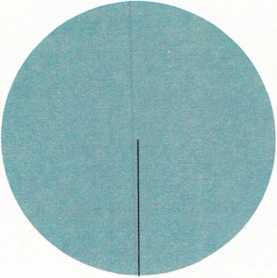
radius
